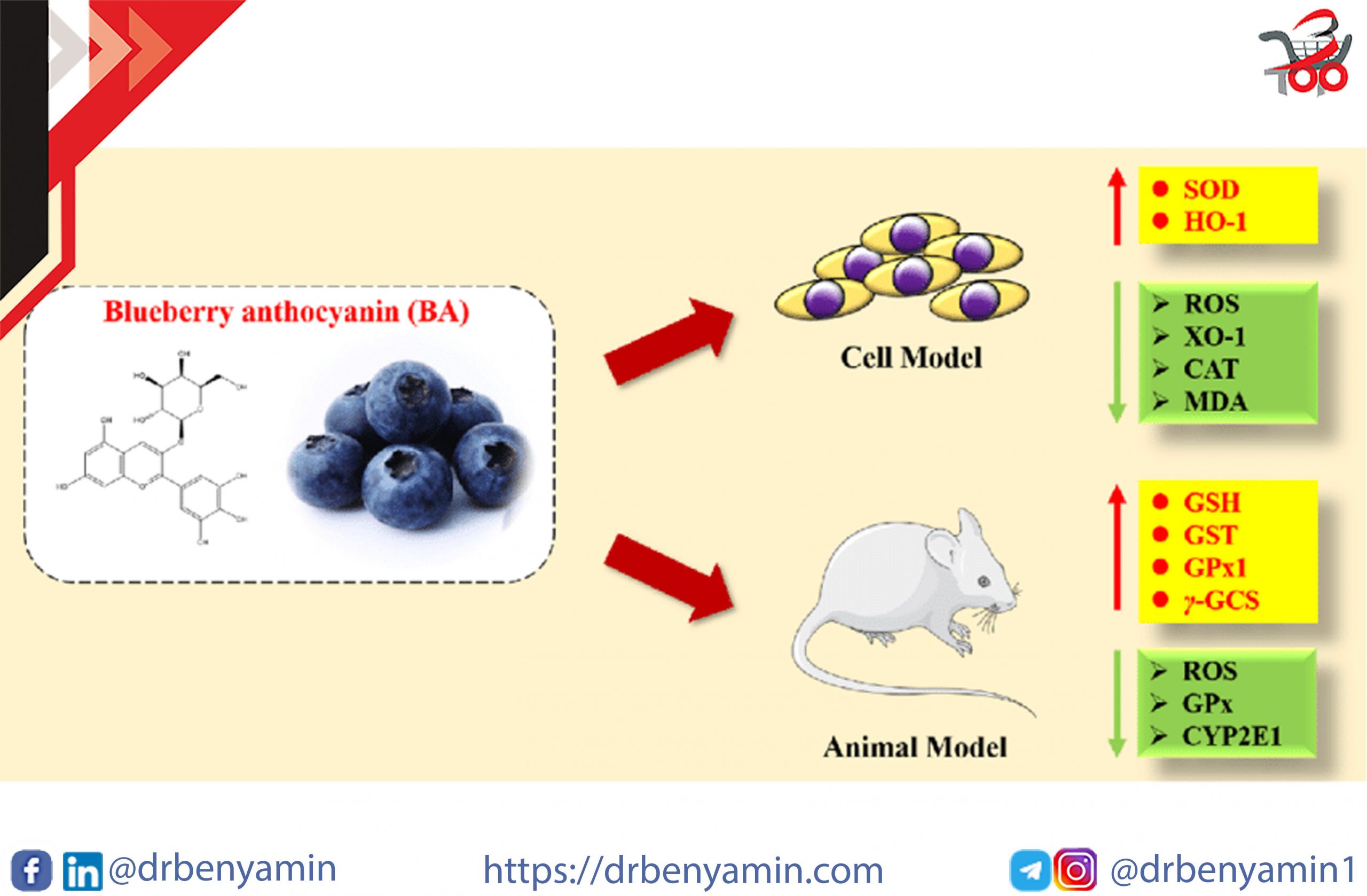تحليل النشاط المضاد للأكسدة Antioxidant activity
يمكن تعريف مضادات الأكسدة عمومًا على أنها أي مادة تؤخر أو تمنع الضرر التأكسدي للجزيء المستهدف. السمة الرئيسية لمضادات الأكسدة هي قدرتها على حبس الجذور الحرة. تقوم المركبات المضادة للأكسدة مثل الأحماض الفينولية والبوليفينول والفلافونويدات بكسح الجذور الحرة مثل البيروكسيد أو الهيدروبيروكسيد أو بيروكسيدات الدهون ، مما يثبط آليات الأكسدة التي تؤدي إلى الأمراض التنكسية(degenerative). لطالما عُرفت الأعشاب كمضادات أكسدة جيدة. طريقة الجذور الحرة DPPH (2،2-diphenyl-1-picryl-hydrazyl hydrate) عبارة عن اختبار مضاد للأكسدة قائم على نقل الإلكترون ينتج محلول أرجواني في الإيثانول (10). يتم تقليل هذه الجذور الحرة ، المستقرة في درجة حرارة الغرفة ، في وجود جزيء مضاد للأكسدة لتكوين محلول إيثانول عديم اللون.
An antioxidant can be broadly defined as any substance that delays or inhibits oxidative damage to a target molecule. The main characteristic of an antioxidant is its ability to trap free radicals. Antioxidant compounds like phenolic acids, polyphenols and flavonoids scavenge free radicals such as peroxide, hydroperoxide or lipid peroxyl and thus inhibit the oxidative mechanisms that lead to degenerative diseases. Herbal plants considered as good antioxidant since ancient times.
DPPH (2,2-diphenyl-1-picryl-hydrazyl-hydrate) free radical method is an antioxidant assay based on electron-transfer that produces a violet solution in ethanol (10). This free radical, stable at room temperature, is reduced in the presence of an antioxidant molecule, giving rise to colorless ethanol solution.


